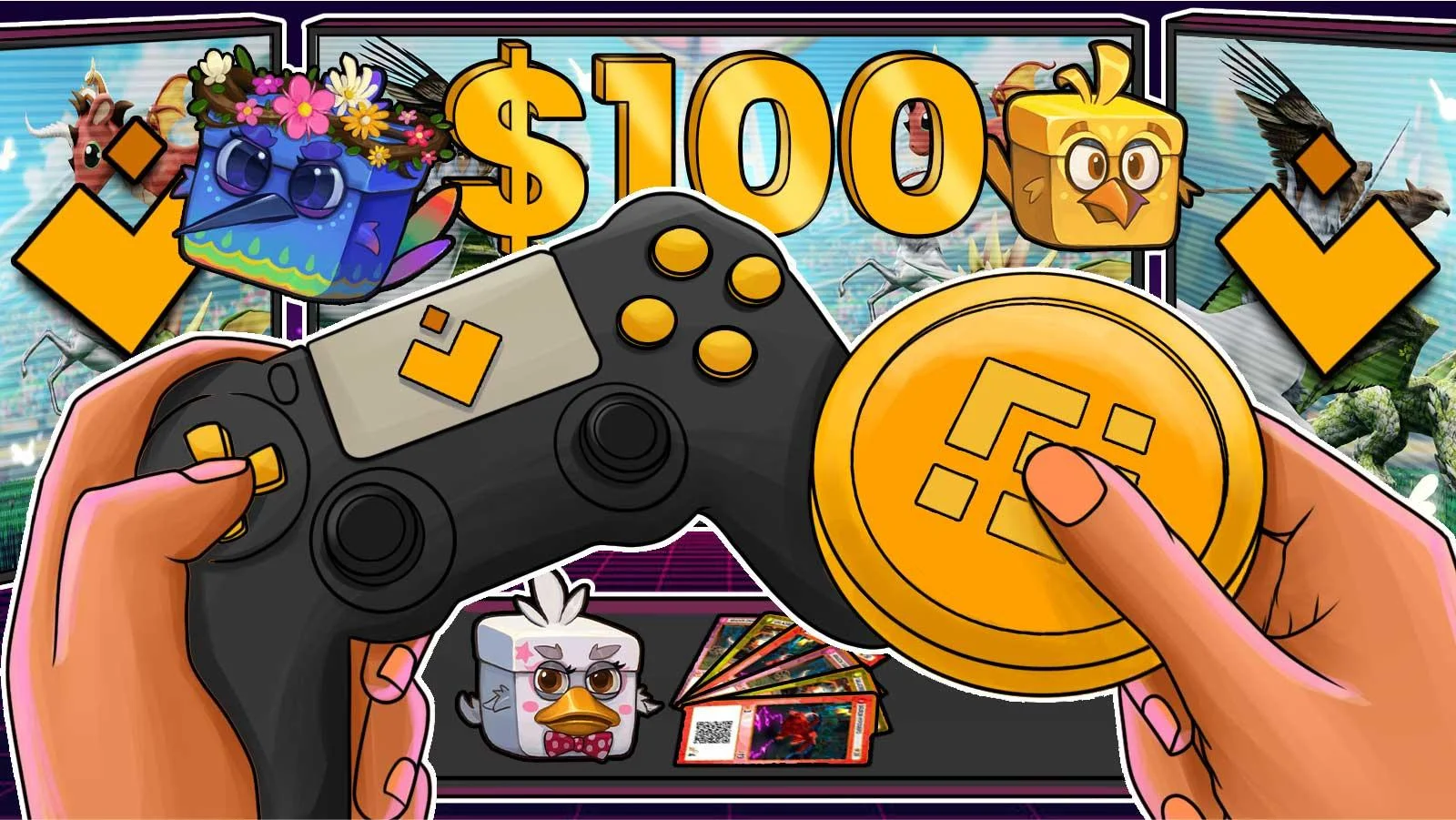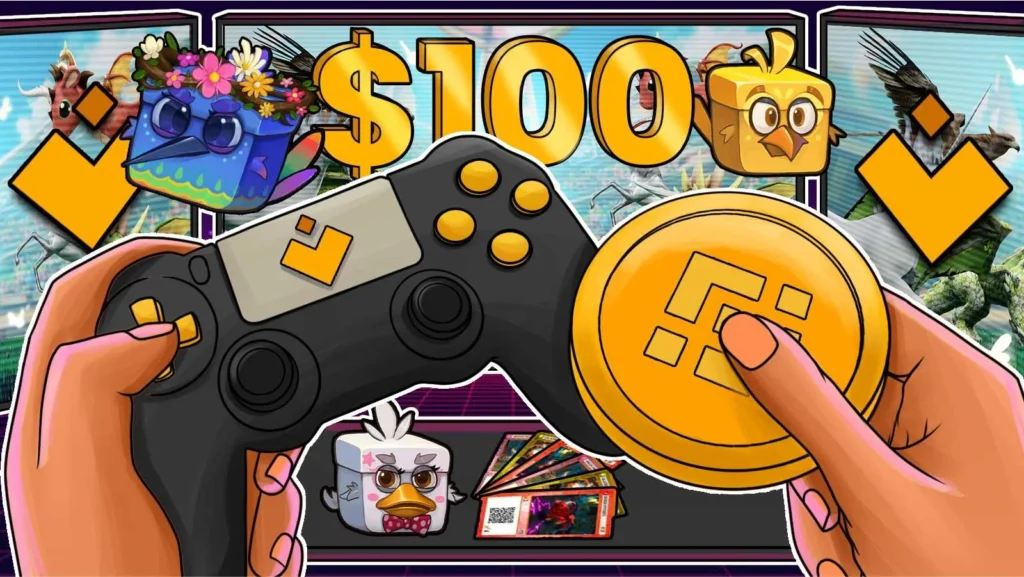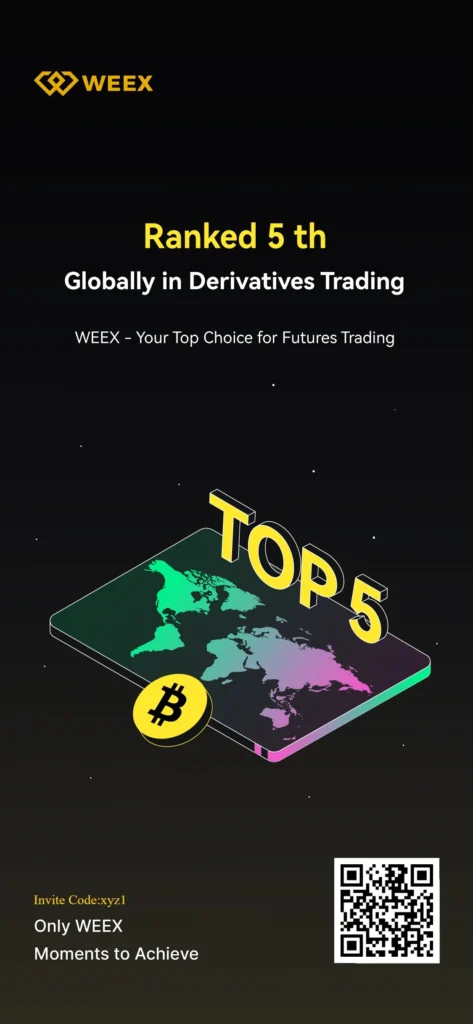

The gaming world is undergoing a seismic shift with the advent of Web3 technology and its revolutionary concept of Play-to-Earn (P2E). Unlike traditional gaming models, where players spend money to buy games and in-game items without direct financial returns, P2E introduces a dynamic where gamers can earn real income through their gameplay. This transformation is not only changing how we view gaming but is also creating new economic opportunities for players across the globe. In this article, we’ll delve into the rise of Play-to-Earn and explore how Web3 gaming is shaping a new economic landscape.
What is Play-to-Earn?
P2E is a model in which players can earn real-world rewards, typically cryptocurrency or NFTs (non-fungible tokens), by participating in games. This model leverages blockchain technology to ensure that in-game assets and rewards have real economic value. Players can accumulate tokens, trade NFTs, or earn crypto-based rewards through their in-game actions, creating a direct financial incentive for their participation.
How Web3 Gaming Powers Play-to-Earn
Web3 gaming, built on blockchain technology, provides the infrastructure needed for Play-to-Earn models. The key components include:
- Decentralization: Unlike traditional games managed by central entities, Web3 games are often decentralized, meaning control is distributed across a network of nodes. This decentralization ensures that the game’s economy is not subject to a single point of failure and that players have more control over their assets.
- Ownership of Assets: In Web3 games, in-game assets are represented as NFTs, which are unique digital tokens stored on the blockchain. This allows players to truly own their items, as opposed to merely renting them from the game developers. NFTs can be traded or sold on various marketplaces, giving them real economic value.
- Token Economies: Web3 games often use native cryptocurrencies as part of their economic systems. These tokens can be earned through gameplay and traded or used within the game. Players can also stake these tokens to earn rewards, adding another layer of economic opportunity.
Economic Impact of Play-to-Earn
The rise of P2E is having a profound economic impact:
- Income Generation: For many players, particularly in emerging markets, P2E offers a viable source of income. Games like Axie Infinity have enabled players to earn more than traditional jobs in some regions, creating new economic opportunities and improving livelihoods.
- Entrepreneurial Opportunities: The P2E model fosters entrepreneurial spirit among players. Gamers can start their own in-game businesses, such as virtual land development or NFT trading, leveraging their skills and creativity to generate income.
- Investment Potential: As Web3 gaming continues to grow, it attracts investors looking to capitalize on the new economic models. Investments in gaming tokens and NFTs can yield substantial returns, making Play-to-Earn not just a pastime but a lucrative venture.
Challenges and Considerations
Despite its potential, Play-to-Earn faces several challenges:
- Volatility: Cryptocurrency and NFT markets can be highly volatile, affecting the stability of earnings from Play-to-Earn games. Players and developers need to navigate this volatility carefully to sustain long-term success.
- Regulation: The evolving nature of Web3 and cryptocurrency regulations means that Play-to-Earn models are subject to legal uncertainties. Developers and players must stay informed about regulatory changes that could impact their activities.
- Accessibility: While P2E opens new opportunities, not all players have equal access to the necessary technology or resources. Addressing these disparities is crucial for ensuring inclusive growth in the Web3 gaming space.
What The Future Holds
The rise of P2E is a testament to the transformative power of Web3 gaming. By integrating blockchain technology, these games are not only changing how we play but also how we earn, creating new economic opportunities for players worldwide. As the industry continues to evolve, the potential for Play-to-Earn models to reshape the gaming landscape and drive economic growth is immense. Whether you’re a gamer looking for new income streams or an investor exploring the next big thing, Web3 gaming offers exciting possibilities for the future.
FAQs
1. What is Play-to-Earn?
Play-to-Earn is a gaming model where players can earn real-world rewards, such as cryptocurrency or NFTs, through their gameplay activities.
2. How does blockchain technology support Play-to-Earn?
Blockchain technology enables decentralized ownership of in-game assets, ensuring that players truly own their items and can trade them for real value.
3. What are NFTs in Play-to-Earn games?
NFTs (non-fungible tokens) are unique digital assets stored on the blockchain, representing in-game items or characters that players can own, buy, sell, or trade.
4. Can players earn a significant income from Play-to-Earn games?
Yes, some Play-to-Earn games have allowed players to earn substantial incomes, particularly in developing regions where these games provide valuable economic opportunities.
5. What are the risks associated with Play-to-Earn models?
Risks include market volatility, regulatory uncertainties, and accessibility issues. Players and developers should be aware of these challenges when engaging with Play-to-Earn games.



